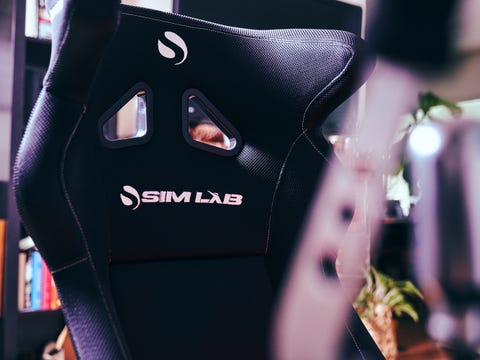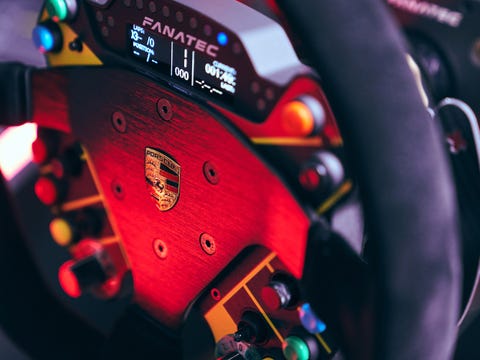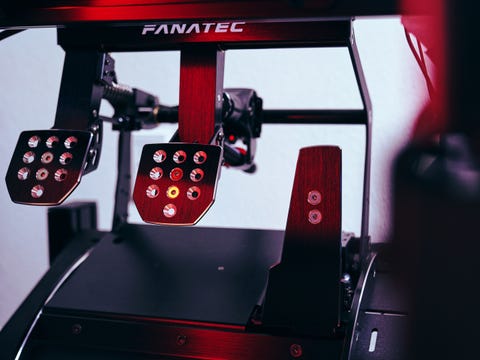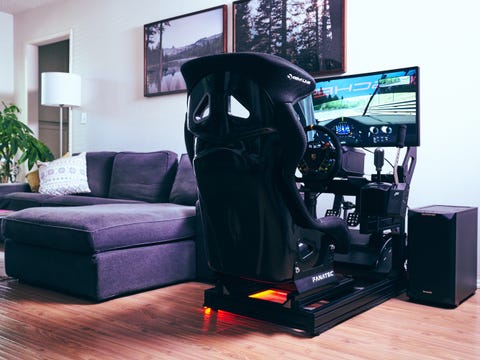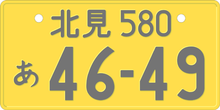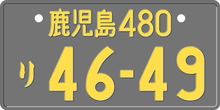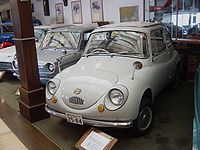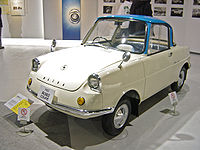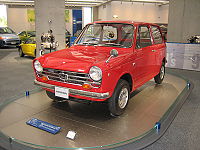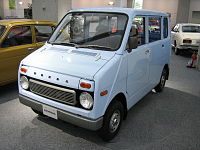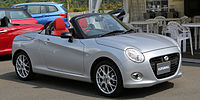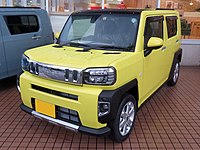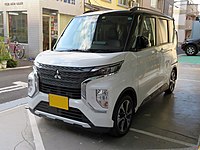Weight Watchers Banana Pancakes
:max_bytes(150000):strip_icc()/weight-watchers-overview-4691074-a-bd815ae940c848669f56e652ffade4e7.jpg)
Verywell / Debbie Burkhoff
As one of the most popular diet plans over the last 50 years, Weight Watchers—or as it's currently named, WW—has certainly helped some people achieve weight loss success. On this plan, foods are assigned different SmartPoints values, and you're given a daily allowance of SmartPoints to eat. You'll need to track your food every day to ensure you stay within your target range to support your weight loss goals.
Weight Watchers has evolved many times since its inception, and the current plan does offer advantages compared to those of the past. Point values of foods are based on more than just calories, and the company has made a targeted effort to shift their focus from pounds shed to overall wellness. However, some people may still get caught up in focusing on numbers and restriction, rather than embracing healthy behaviors.
What Experts Say
"The WW diet assigns points to foods and exercise and requires a daily tally/balance of points. Many experts agree that this can lead to seeing exercise as a way to compensate for food and that tallying points, just like calories, could create a focus on numbers rather than health." – Willow Jarosh, MS, RD
Background
History of the Company
Weight Watchers started in the early 1960's. Founder Jean Nidetch invited a group of friends to her New York City home to discuss the best methods for losing weight. That small group meeting evolved into a core part of past and current Weight Watchers programs.
One of her early group participants, Al Lippert, encouraged Nidetch to incorporate Weight Watchers in 1963. Lippert helped Nidetch to do so, and the business expanded rapidly. They became quite wealthy when the company went public in 1968.
Weight Watchers was later sold to the H.J Heinz company – yes, the ketchup manufacturer – in 1978 for $71 million. Heinz later sold the business to a European investment firm in 1999, where it was put up again for public offering in 2001.
In 2018, the company shifted it's focus from weight to wellness, re-branding as WW International, Inc, with the tagline "Wellness that Works."
Evolution of the Diet Plan
While Weight Watchers is known for its point system today, the original 1960s program was a fairly simple list of restricted, limited, and unlimited foods. Most of the diet's principles were those Nidetch had picked up in a program at an obesity clinic at the NYC Department of Health.
The rules of the original program were far stricter than the current program. For example, if you were following Weight Watchers in the 1960s you'd need to...
- Eat fish at least five times per week
- Only eat eggs a few times a week, and only at breakfast
- Eat 3-5 servings of permitted fruit each day, but avoid "forbidden fruits" (like bananas, watermelon, and cherries)
- Keep some foods off-limits, like bacon, avocado, peanut butter, and yogurt
Throughout the 1970s and 1980s, variations on this exchange style meal plan were adopted. It wasn't until 1997 that points were introduced, and that has evolved many times since. Here's a list of the different incarnations of points-based programs:
- 1997 – 1-2-3 Success Program, the first points system which assigned values to foods based primarily on their caloric value
- 2000 – Winning Points, a more individualized points system that did not have any food exclusions and included adjustments for physical activity
- 2004 – Turnaround Program, which gave participants a choice of either the Core Program (a non-points based plan with a list of compliant vs. non-compliant foods) or The Flex Plan (a points plan that allowed eating anything as long as it was within the daily points allowance)
- 2008 – Momentum Plan, a crossover between the Core and Flex plans that was point-based but emphasized a list of filling foods
- 2010 – PointsPlus Plan, an overhaul of all the previous plans. This attempted to address the fact that although an apple and a handful of potato chips may have the same calories, they are not nutritionally equal. The new points system took into account factors like fat, protein, carbohydrates, and fiber.
- 2015 – SmartPoints Plan, an update to PointsPlus that also emphasized exercise with FitPoints
- 2017 – WW Freestyle, a plan that expands SmartPoints zero point foods (which don't need to be tracked) to include things like lean proteins. This is the plan currently used today.
How It Works
The current WW Freestyle plan is based on their SmartPoints system. Every food has an assigned number of points, and you'll receive a daily budget of SmartPoints to use throughout the day.
There is also a weekly cushion of extra SmartPoints which can be used to eat a little extra each day or can be allocated towards a special event that week that's point-heavy (like a friend's BBQ or a wedding).
There are no off-limit foods on WW, but the plan does encourage participants to eat nutritious options by steering you towards zero point foods. There are more than 200 of these foods, meaning you can enjoy them without tracking or measuring. These include many fruits, vegetables, and lean proteins.
Weight Watchers offers three different tiers of membership to help you assess and track your SmartPoints:
- Digital Plan – Includes use of the WW app to track food and activity, access to the community, and 24/7 online chat support
- Workshop Plan – Includes everything in the digital plan, plus weekly group workshops with guidance from wellness coaches
- Coaching Plan – Includes everything in the other two plans, plus access to one-on-one coaching support with unlimited phone calls
Pros and Cons
Weight Watchers is very appealing for many people looking to eat better since all foods can fit in the diet. It offers flexibility to enjoy meals at a special event or while eating out (provided it fits in your points allowance) and promotes many nutritious options in the zero points category. It's also been shown in research to support weight loss and tied to a reduction in diabetes risk among those with pre-diabetes.
However, there are also some downsides to the program. The focus on counting points can be cumbersome and feel restrictive for some people. It can also create an unhealthy mindset around food, encouraging people to skip meals so they can "save up" points for an unhealthy meal later. And though it's not expensive on a weekly basis, the cost can add up depending on how long you feel you need to stay on the program to reach your goals.
Common Myths and Questions
Even though Weight Watchers has been around many years, the continued evolution of the program has led to confusion about some parts of the diet.
Myth: Weight Watchers is a great way to lose weight quickly.
Fact: The goal of the program is slower, sustainable weight loss. It recommends losing no more than two pounds per week (after the first three weeks).
Myth: Once you hit your weight loss goal, you no longer need to follow the diet.
Fact: Many people fall into the cycle of losing weight on the program, then "going off" the program, and gaining it back. Unfortunately, this is very common with any diet plan.
This doesn't mean you have to pay for Weight Watchers (or any other diet program) for life. But if you have a certain weight that you are striving to maintain, you'll need to stick with the core tenants of healthy eating and caloric balance for life. On the flip side, you can choose to let go of the focus on weight and simply enjoy a healthy relationship with nutritious foods.
Myth: You have to go to group meetings to be part of Weight Watchers.
Fact: Weight Watchers offers several tiers of membership, and one is a digital-only option. With this plan, you participate in the program on your own from the comfort of your home.
Myth: At Weight Watchers meetings, you have to weigh in publicly.
Fact: You do not. The meetings are not designed as a method of public humiliation but rather for accountability. Your weigh-ins are done in private with only the group facilitator, and then you'll be able to discuss tips for sticking with your goals in the larger group setting.
Myth: You have to eat pre-packaged frozen meals.
Fact: While there are frozen meals that are branded with SmartPoints values, you do not have to eat these. You can eat any food from the grocery store, restaurant, farmers market, etc. You only have to worry about staying within your points range.
Myth: Weight Watchers is only for women.
Fact: Though Weight Watchers has traditionally attracted female participants, both men and women are welcome to use the program.
How It Compares
Though there are some slight differences, Weight Watchers is very similar to the USDA recommendations for a healthy balanced diet. For example, the program emphasizes fruits and vegetables as zero-point foods—in line with how the USDA recommendations encourage you to make half your plate fruits and vegetables. Or, consider that foods which are less nutritious (for example, those with lots of added sugars and unhealthy fats) tend to be very high in SmartPoints. This discourages users from eating them regularly, similar to how USDA recommendations advise against frequent consumption.
One slight difference though—while the USDA gives guidance based on calories or servings, Weight Watchers uses its proprietary points system.
Weight Watchers also has some similarities to other popular diets but varies in its effectiveness and sustainability. Here's a quick overview of how it compares:
- Jenny Craig – Some research has suggested Jenny Craig may lead to more weight loss than Weight Watchers. However, Jenny Craig relies on pre-packaged meals which may be unsustainable for long term compliance.
- Nutrisystem – Like Jenny Craig, Nutrisystem is another packaged meal company. While it may be convenient, it lacks the lifestyle and meal preparation skills that are encouraged within the Weight Watchers program.
- Low-Calorie Diet – Both Weight Watchers and a low-calorie diet require tracking food and can lead to weight loss. However, strict low-calorie diets tend to be far more restrictive than Weight Watchers.
- Optavia Diet – The Optavia Diet ranks as the number two best diet for fast weight loss (tied with Atkins, keto, and Weight Watchers) due to lower caloric intake.
A Word From Verywell
If you're trying to lose weight, Weight Watchers can offer the structured support you may need. By tracking your food daily and weighing in weekly, you're encouraged to self-monitor and become aware of your choices. These skills can help you recognize problem areas and make healthier choices, leading to weight loss.
The plan is not for everyone though. For some people, constant tracking can lead to an unhealthy obsession with numbers. For others, the freedom to eat anything can almost feel paralyzing in their weight loss journey.
No matter what course of action you choose, remember that the best diet is the one you enjoy and that you can stick to for life.
Weight Watchers Banana Pancakes
Source: https://www.verywellfit.com/weight-watchers-overview-4691074

